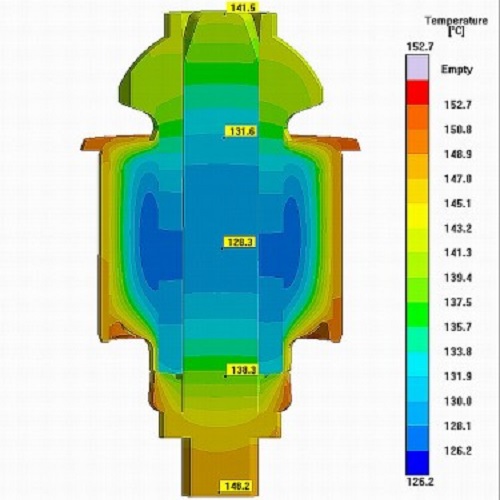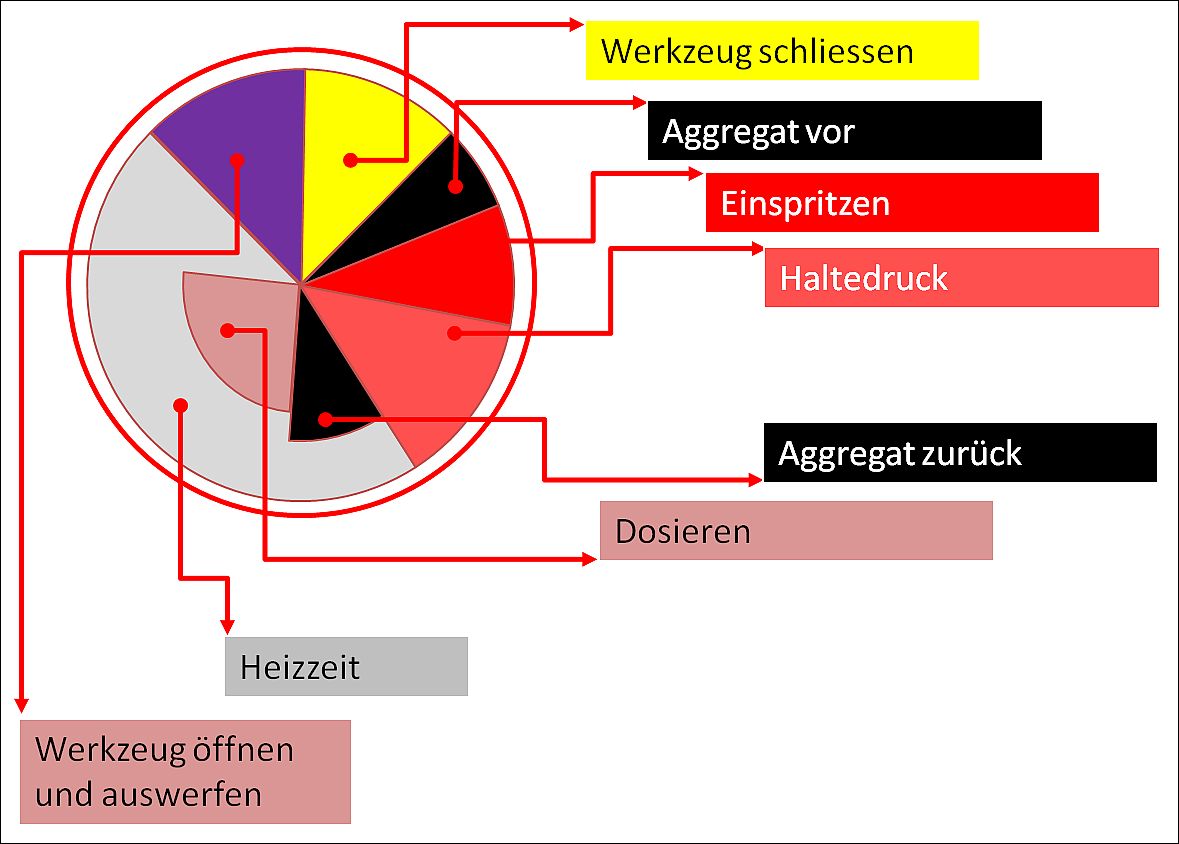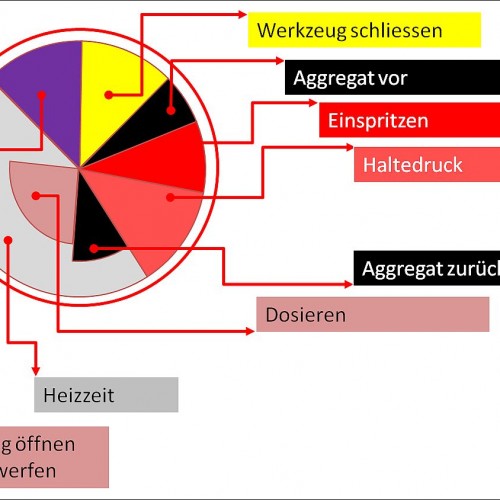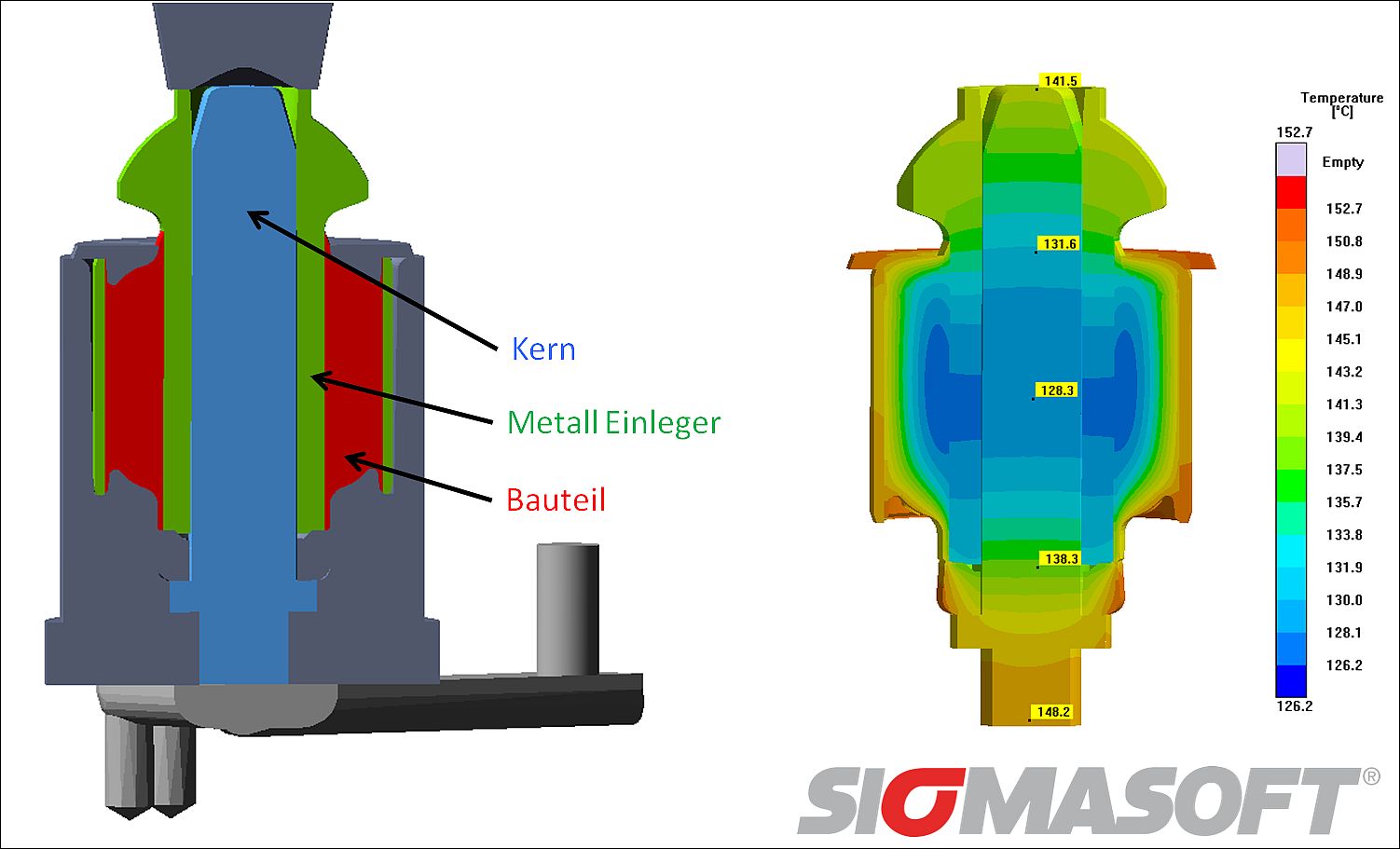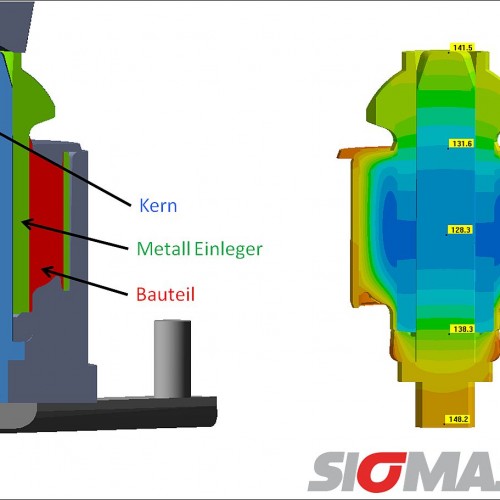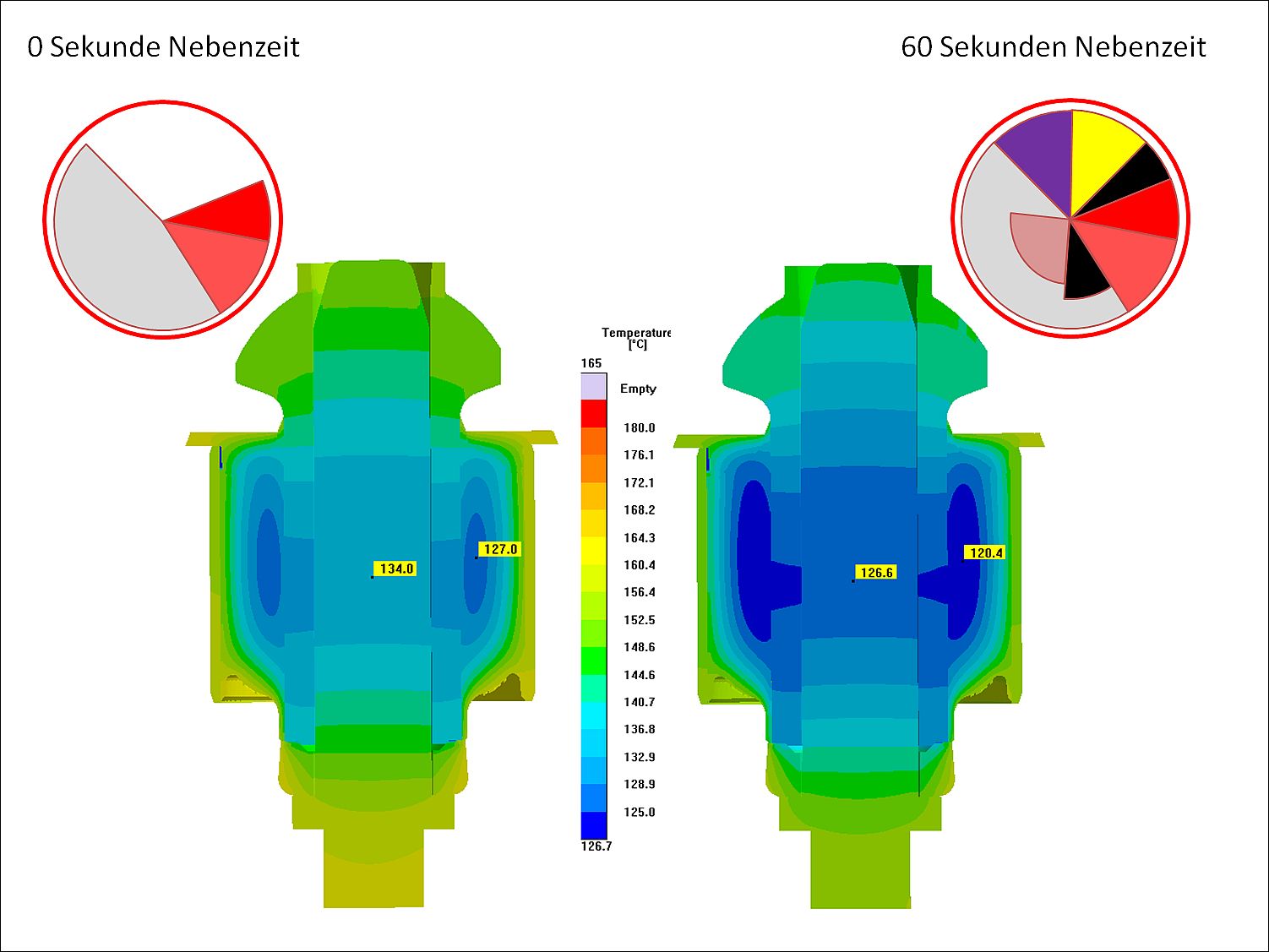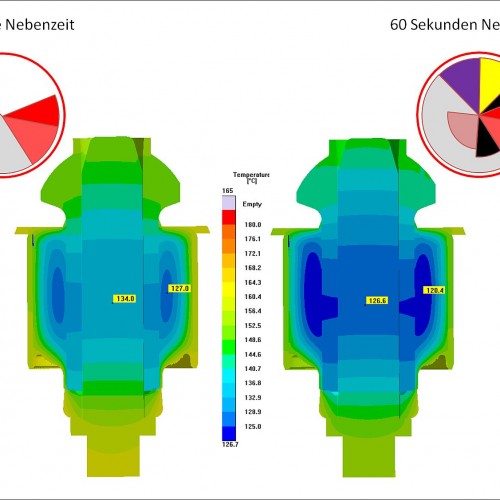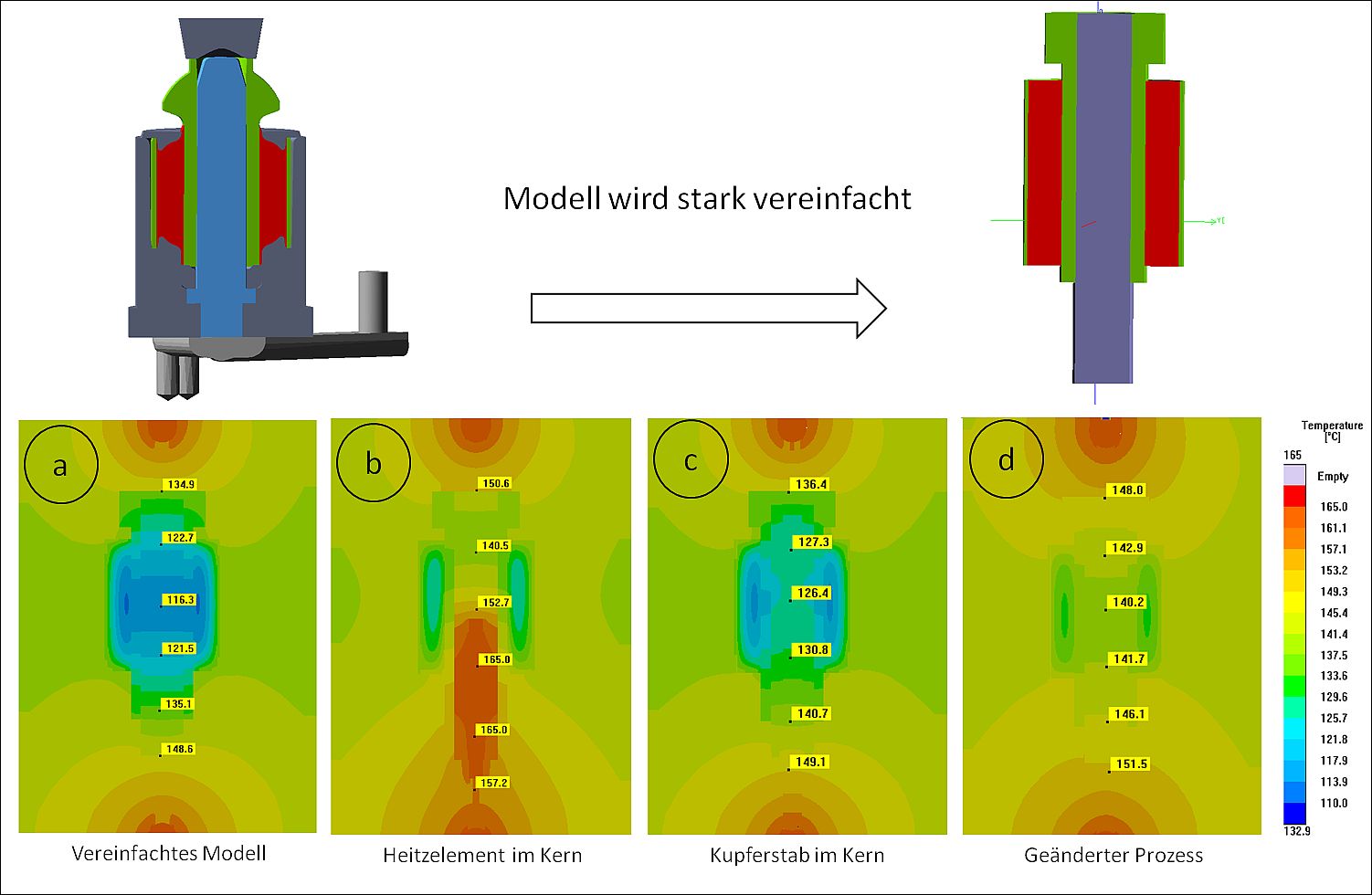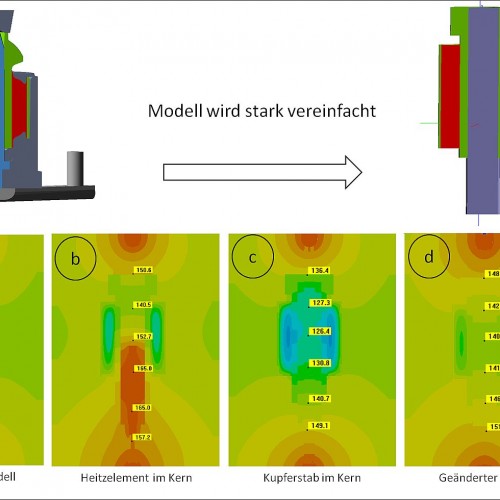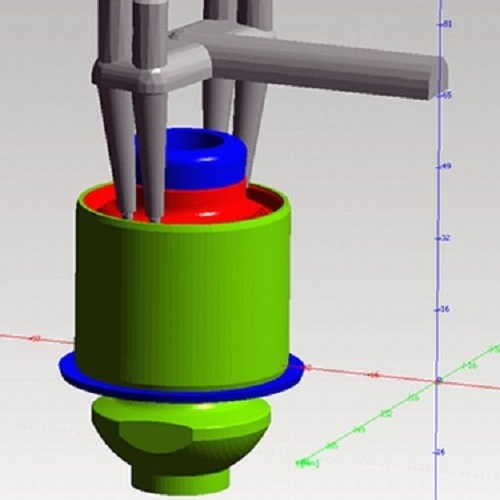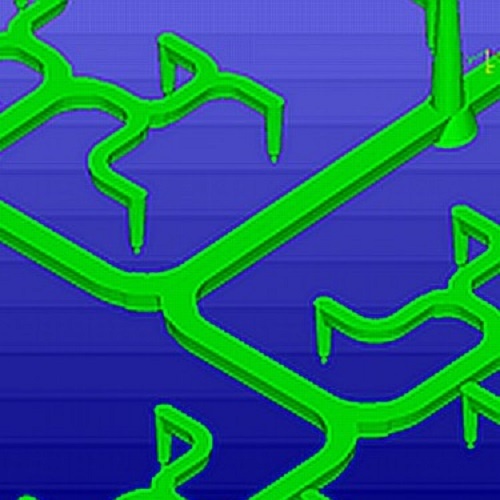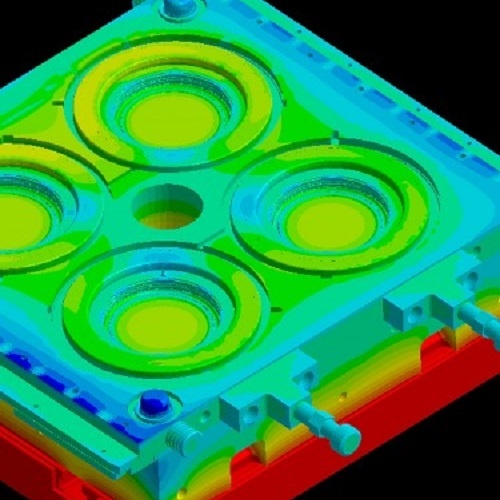In order to reproduce the reality through the simulation as accurately as possible, all the phases of the process should be taken into account into the calculation.
When listing the factors that define the cost of a part, time comes often as top of the list. The time from the concept until serial production, time for sampling, time for corrections, cycle time…
Also in the injection molding simulation, time plays a main role. Besides the obvious factors, such as computation time or time in setting up a project, the time covered by the simulation models is a main parameter. Incubation time, curing time or time dependent relaxation are only some of the time-dependent models. In the calculations, all these models interact and condition each other. To properly reproduce the complex interactions in the simulation, it is mandatory to describe the different “times” present in the process in detail .
For example, if the cycle time should be predicted, it is important to first understand correctly both the filling and the curing phases. The cycle time is, however, also ruled by other components. For instance, the non-productive times, such as the time to eject the part from the mold, the mold opening and closing, the cleaning between shots or similar operations in the mold have a significant relevance (Figure 1). Even if those parts of the cycle directly determine the cycle time, they also have indirect influences on the other phases. If the mold stays open for a long time, a different temperature profile results in the mold, which in turn has a direct influence on the cross linking phase.
In reality all these effects are dependent on each other and cannot be separated. In order to reproduce the reality through the simulation as accurately as possible, all the phases of the process should be taken into account into the calculation. Only when the reality is well mirrored, the simulation can produce robust results for the design of the part and the mold. Starting from the design concept of the mold, the cycle time, including the additional time periods, can be calculated with SIGMASOFT®, and the system can be analyzed.
The importance of properly describing the cycle in the simulation is shown in the following example (see Figure 2). Two metallic inserts should be over-molded with an elastomeric material. A core will support one of the named inserts. An analysis of the process shows that the temperature substantially changes after several cycles. In the middle of the core the temperature falls from the nominal temperature of 180°C to below 130°C (right side of Figure 2). Due to the lower temperature in the core, the elastomer is heated up very slowly. The cycle time increases in order to reach an acceptable degree of curing.
In order to calculate the exact temperature in the core, and with it, the required curing time, the simulation took into account the three-dimensional model of the mold. This way, the model can reproduce the complex relationship between the different components (mold plates, ejector pins, part, inserts, air gaps, …)
For the correct description of the system it is vital to include the exact description of the cycle. The time in which the mold is kept open and can be transfer heat towards the air of the room, has a determining factor on the thermal state of the mold. Figure 3 shows two different calculations. In the first calculation (left side of Figure 3) the process is calculated without the auxiliary process / non-productive times. There it has been assumed that the phase in which the mold is kept open can be neglected. The temperatures in the core lower down in this area to a minimum of 126°C. A temperature gradient of nearly 8°C is found as well at the work piece. The calculation without auxiliary times / non-productive times leads therefore, to shorter, and for this process, not realistic curing times.
If the simulation predicts a weak spot in the molding system, there are different optimization approaches. In order to test the efficiency of different concepts, it can be helpful to approach the problems in a simplified manner, reducing the system to analyze only the most relevant factors and obtaining information from general calculations. The example described above discovers a weak spot in the area of the core of the mold. For the optimization of this system different approaches can be followed. The factors of higher influence on the non-homogeneous temperature distribution are the elastomeric components, the inserts, the core, the mold heat exchanging system and the processing time.
This problem can be presented using a simple generic model (Figure 4). A simplification of the geometries can help abstracting this problem to other similar workpieces. Evenmore, such simplified models can be calculated faster and can be tested for a larger number of modifications in a shorter time. Figure 4a shows the temperature distribution of the mold as a cross section. One can easily recognize the cold region of the core. Using this simplified model, a number of solutions can be compared in Figure 4b, 4c and 4d. Concept 4b, with a heating element in the core and concept 4c, with a copper cylinder inserted in the core require design modifications in the mold and lead to higher costs in the mold. This includes higher costs of the manufacturing phase, materials and accessories, and future maintenance of the mold. Concept 4d does not require any design modification. It only includes a tailoring of the process cycle as follows: The core can be pre-heated in a closed-mold configuration for some seconds with a short time-offset before the filling of the material. A pre-heating of the inserts has been included. The later optimization of the process leads to an increase of the core temperature with an insignificant longer cycle time.
After the analysis of the different possibilities, the most effective one can be taken to the real workpiece and can be calculated in a further, more detailed, calculation of the complete system in which those optimizations are taken into account.
Summary
Besides the different optimization approaches, it is possible to calculate the complete cycle in the simulation of the injection molding process with SIGMASOFT®. In this manner, even before the mold is manufactured, concrete statements can be made about the concepts and the process. Here, not only the mold influences the quality of the product, but also the process itself with all its auxiliary- / non-productive times. The understanding of the system and the fundamental relationship between its factors and components can be a solid foundation for the development of new processes, as well as for the optimization of existing ones.
